Table of content
Cordyceps flower, scientifically known as Cordyceps militaris, is a fungus prized in culinary and traditional medicine circles for its unique flavor, texture, and potential health benefits. Often referred to as “golden needles” or “winter worm summer grass,” this ingredient is a staple in Asian cuisine, particularly in soups, stews, and stir-fries. However, like many dried mushrooms and fungi, cordyceps flower requires proper rehydration before use to unlock its full potential. This guide delves into the art of rehydrating cordyceps flower, exploring techniques, troubleshooting common issues, and highlighting creative ways to incorporate this ingredient into your dishes.
Understanding Cordyceps Flower
Before diving into rehydration methods, it’s essential to grasp what cordyceps flower is and why it’s valued. Unlike the more exotic (and controversial) Ophiocordyceps sinensis, which grows parasitically on insects, Cordyceps militaris is cultivated commercially, making it a sustainable and accessible alternative. Its appearance resembles slender, orange-gold filaments, and its flavor profile is earthy, slightly sweet, and umami-rich.
Dried cordyceps flower is sold in bundles or packets, often labeled as “stems” or “filaments.” When rehydrated, it softens into a tender, chewy texture that absorbs surrounding flavors beautifully. Proper rehydration ensures it cooks evenly and retains its nutritional and culinary qualities.
Why Rehydration Matters
Rehydration serves two primary purposes:
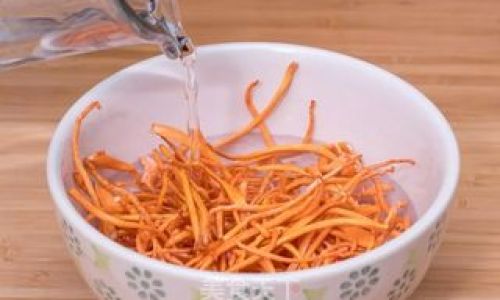
- Texture Restoration: Drying removes moisture, causing the filaments to shrink and harden. Rehydration revives their pliability.
- Flavor Activation: Soaking in water or broth reintroduces moisture, allowing the fungi to release stored compounds that enhance taste and aroma.
Step-by-Step Rehydration Guide
Tools and Ingredients
- Dried Cordyceps Flower: Choose high-quality, intact filaments without discoloration.
- Water: Use filtered or spring water to avoid chlorine or mineral interference.
- Bowl or Container: Glass or ceramic bowls are ideal to prevent chemical reactions.
- Strainer or Colander: For rinsing and draining.
- Optional Additives: Ginger slices, goji berries, or wolfberries for flavor infusion.
Preparing the Water
- Temperature Control: The debate between cold and warm water rehydration is nuanced.
- Cold Water (Room Temperature):
- Method: Submerge filaments in cold water for 6–8 hours (overnight).
- Pros: Preserves texture, minimizes nutrient loss.
- Cons: Time-consuming.
- Warm Water (40–50°C / 104–122°F):
- Method: Soak for 30–60 minutes.
- Pros: Faster results, ideal for time-sensitive recipes.
- Cons: Slight risk of over-softening if temperatures exceed 60°C (140°F).
- Cold Water (Room Temperature):
Avoid boiling water, as it can turn the filaments mushy and leach bitterness.
Soaking Process
- Rinse Gently:
- Place the dried cordyceps flower in a strainer under cold running water.
- Rub lightly to remove dust or debris. Avoid scrubbing, as this damages filaments.
- Submerge:
- Transfer to a bowl and cover with water. Use a 1:4 ratio (1 part cordyceps, 4 parts water).
- Add optional additives like ginger for a subtle flavor boost.
- Weighted Soaking:
Place a small plate or lid on top to keep filaments submerged.
- Monitor Progress:
Check every 30 minutes. Filaments should expand to 2–3 times their original size.
Post-Soaking Care
- Drain Carefully:
Use a strainer to remove soaking liquid. Reserve the liquid if using in broths or sauces.
- Rinse Again:
A final cold-water rinse removes residual grit.
- Pat Dry:
Gently squeeze excess moisture without twisting or tearing.
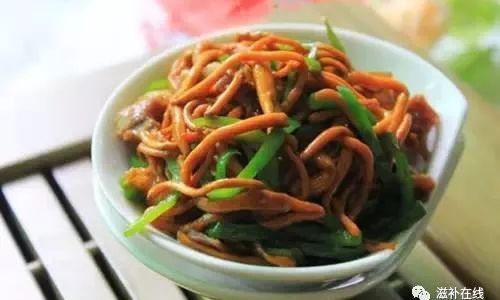
Optimizing Rehydration for Different Recipes
The rehydration method should align with your recipe’s cooking time and flavor profile.
For Soups and Broths
- Technique: Use warm water (45°C / 113°F) for 45 minutes.
- Why: Quick rehydration allows immediate use in simmering broths. The soaking liquid can be added to the soup for extra depth.
For Stir-Fries
- Technique: Cold-soak overnight, then pat dry.
- Why: Ensures filaments are fully hydrated but not waterlogged, preventing sogginess during high-heat cooking.
For Tea Infusions
- Technique: Simmer rehydrated filaments in water for 10 minutes, then strain.
- Why: Extracts nutrients and earthy notes without bitterness.
Common Mistakes and How to Avoid Them
-
Over-Soaking:
- Issue: Filaments become limp and lose texture.
- Fix: Set a timer and check frequently. Use cold water for longer soaks to slow the process.
-
Using Hot Water:
- Issue: Rapid rehydration can create a spongy texture.
- Fix: Stick to warm (not hot) water or cold soaks.
-
Discard Soaking Liquid:
- Issue: Wastes flavor and nutrients.
- Fix: Use the liquid in stocks, sauces, or gravies.
-
Skipping Rinsing:
- Issue: Grit or debris remain.
- Fix: Always rinse before and after soaking.
Culinary Applications Beyond the Basics
Rehydrated cordyceps flower’s versatility extends beyond traditional dishes. Here are innovative ways to use it:
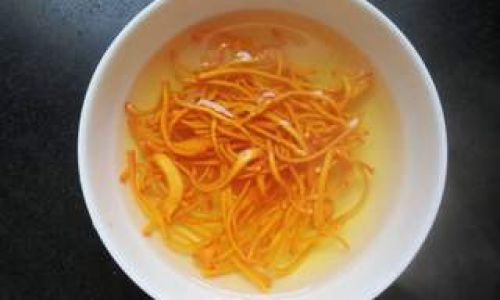
-
Stuffed Mushrooms:
Mix rehydrated filaments with cream cheese, garlic, and herbs; stuff into portobello caps and bake.
-
Vegan Risotto:
Sauté filaments with arborio rice, asparagus, and white wine. Finish with nutritional yeast.
-
Cold Noodle Salad:
Toss with soba noodles, edamame, and a sesame-ginger dressing.
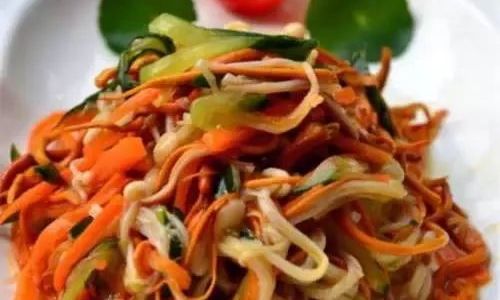
-
Smoothie Booster:
Blend a small handful with banana, almond milk, and dates for an earthy-sweet shake.
-
Dessert Garnish:
Caramelize rehydrated filaments in honey and sprinkle over ice cream or yogurt.
Storage Tips for Rehydrated Cordyceps Flower
- Refrigeration:
Store in an airtight container with soaking liquid for up to 3 days.
- Freezing:
Spread on a baking sheet, freeze until solid, then transfer to a freezer bag. Use within 6 months.

- Drying Again:
Pat dry and air-dehydrate at low heat if you accidentally over-soak.
Health Benefits and Nutritional Profile
While not a cure-all, cordyceps flower is rich in:
- Antioxidants: Combats oxidative stress.
- Beta-Glucans: Supports immune function.
- Amino Acids: Builds proteins and enzymes.
- Vitamins (B1, B2, K): Aids metabolism and blood clotting.
However, consult a healthcare provider before using it medicinally, especially if pregnant or on medication.
Troubleshooting Guide
| Issue | Cause | Solution |
|---|---|---|
| Filaments remain tough | Insufficient soaking time | Extend soak duration; use warm water. |
| Mushy texture | Over-soaking or high heat | Reduce time; use cold water. |
| Bitter aftertaste | Poor-quality produce or impurities | Rinse thoroughly; buy from reputable sources. |
Conclusion
Rehydrating cordyceps flower is a simple yet transformative process that elevates its culinary and nutritional value. By mastering techniques like temperature control, soaking time, and post-hydration care, you unlock endless possibilities in the kitchen. Whether simmered in a hearty broth, stir-fried with vegetables, or blended into a smoothie, this golden fungus adds depth and complexity to dishes. Experiment with flavors, embrace patience, and let cordyceps flower become a pantry staple that bridges tradition and innovation.
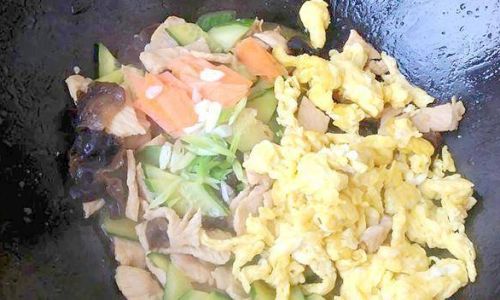
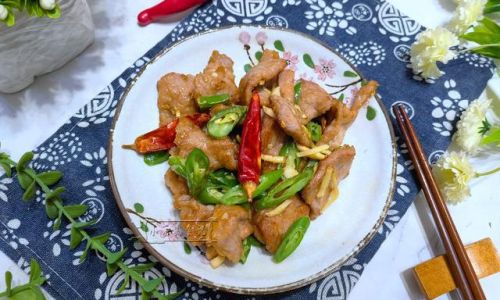
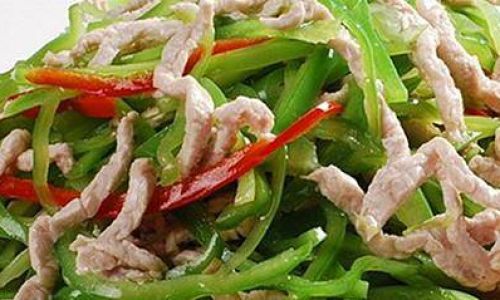
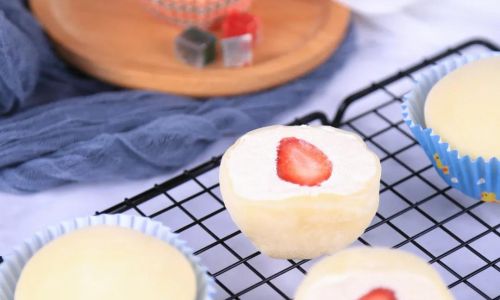
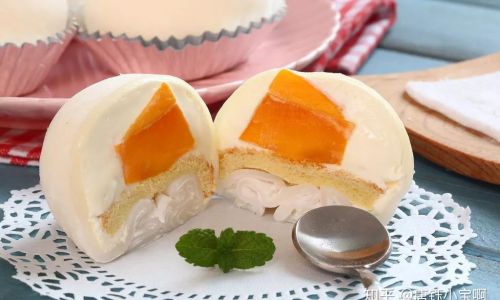
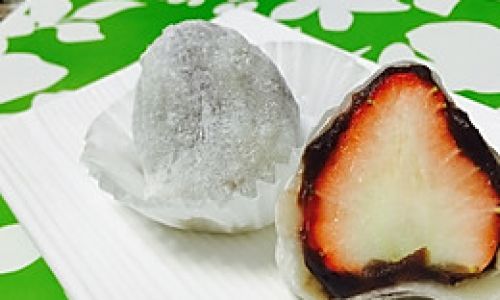
0 comments